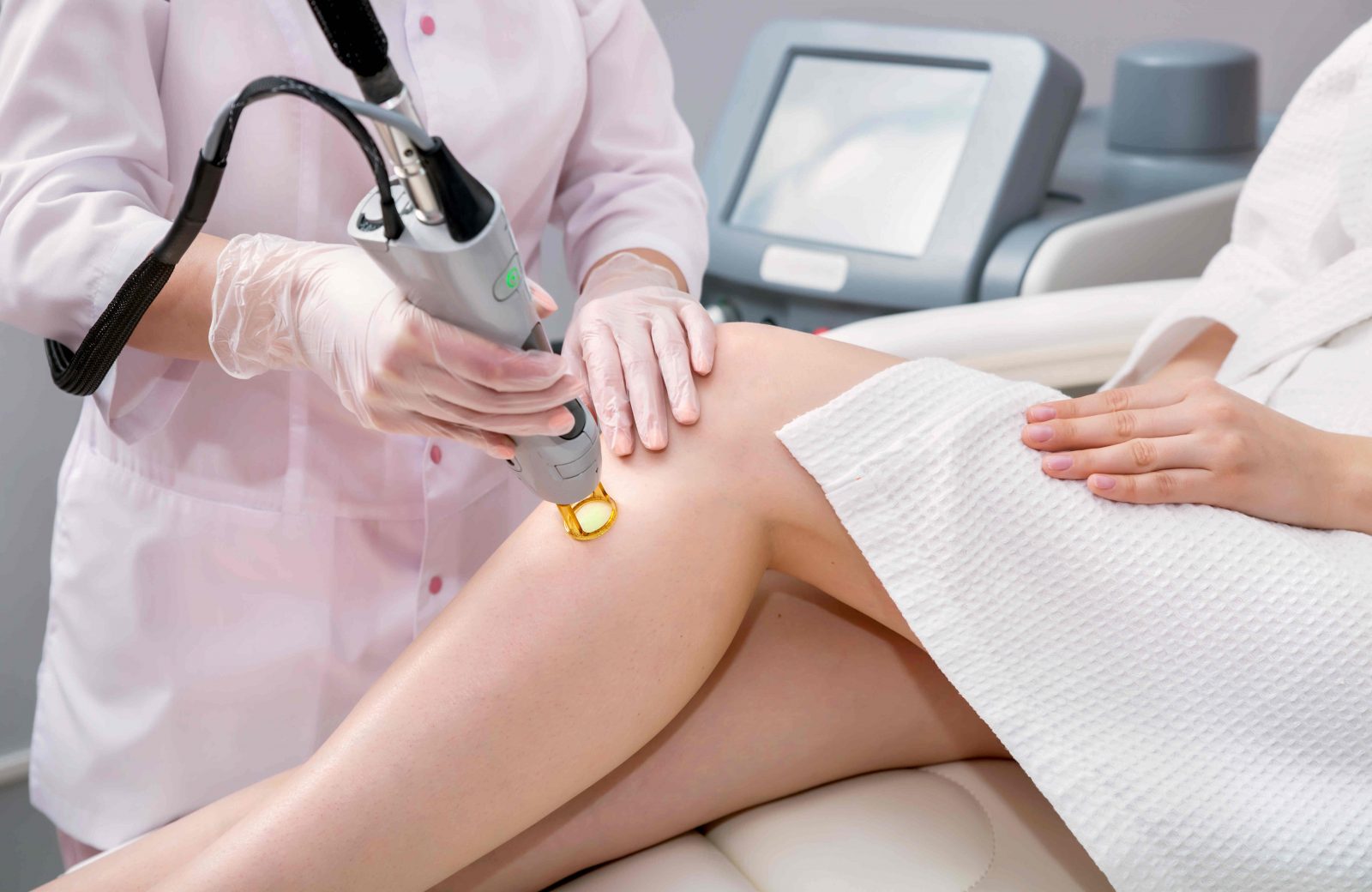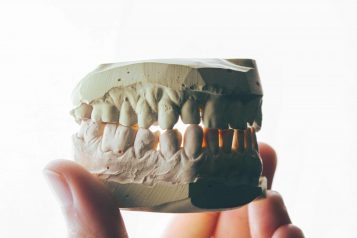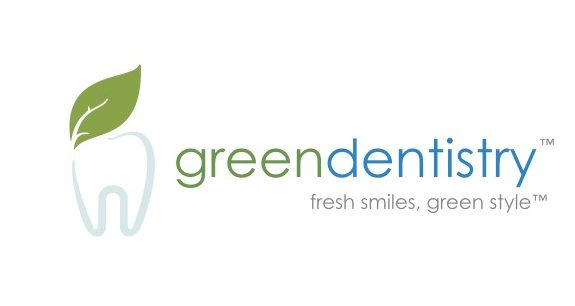Mara C. Weinstein Velez, M.D., FAAD is a board-certified dermatologist, and Director of Cosmetics and Laser Surgery at the University of Rochester Medical Center, in Upstate New York. She completed a prestigious Laser, Cosmetic and Dermatologic Surgery fellowship at SkinCare Physicians in Boston, with clinical faculty from the Harvard and Yale Departments of Dermatology and is one of the only Fellowship-trained Cosmetic and Laser Surgeons in Western NY. Haute Beauty sits down with Dr. Mara Weinstein Velez to understand the internal process of laser hair removal from consultation to treatment.
 Photo Credit: Shutterstock
Photo Credit: Shutterstock
Laser hair removal is on the list of the most desired treatments in dermatology. Just alone, its name speaks volumes to clientele who have been dealing with their dark, thick hair throughout their lifetime in unwanted locations. The ability to "remove," the hair permanently is the catch for many. Prior to a consultation, most patients lack the basic knowledge of laser hair removal. To combat the unknown of laser hair removal, board-certified dermatologist, Dr. Weinstein Velez presents to you a beginner's guide:
Identifying the best treatment
At Dr. Weinstein’s office, they often treat patients who are of darker or tannable skin types with the key focus being the face. Here are the 3 questions that are always asked in order to identify the most effective treatment plan.
What is your ethnic background? Out of concern and the best interest of the patient, this question gives the provider a better idea of how their skin is going to respond to injury. By the year 2050, over 50% of the world’s population will be ethnically diverse. Already, we are seeing a large mix of ethnicities in people. In the dermatology world, it is vital that board-certified dermatologists are aware of your background to ensure that they can choose the right settings for your unique skin type to avoid hyperpigmentation or burning.
How does your skin react to the sun? It is hyper important to find out how your skin behaves in the sun. Does it burn easily? Or are you able to achieve that “tan?” The answer given will aid in the determination of what skin type you have, which will be weighed against the Fitzpatrick Skin Type scale (ranging from I-VI). If you have a Type I skin type, you are more inclined to burn immediately and have a sensitive skin type. As you move higher up on the scale, you are considered to tan easier, meaning there is a higher risk for hyperpigmentation.
Have you ever been injured before? How did your skin heal? By performing a skin exam, it allows the dermatologist to understand how your skin responds to injury. Before using a device this is a very important thing to understand. A laser is technically “injuring” your skin.
Hair type - the key ingredient
Laser hair removal can be used on various spots on your skin, technically wherever there is hair. The catch is that the hair has to be dark and coarse. Usually, lighter blonde, reddish, gray hairs do not respond well to the laser. Laser’s have a target chromophore (either melanin (pigment), water, or hemoglobin). For it to know where to target, the lasers looks for melanin, the pigment in your hair follicle. If there is no melanin in the hair, essentially the laser does not see the hair.
 Photo Credit: Shutterstock
Photo Credit: Shutterstock
3 Laser Hair Removal Options
755nm Alexandrite Laser: safest for light complexions.
810nm Diode Laser: very effective for light and dark skin.
1,064 Nd:Yag Laser: most commonly used laser due to its longer wavelength and safety profile in all skin types
Note: Hair removal can also be achieved with an intense pulsed light (IPL or BBL) device which should be exclusively used on lighter skin)
Treatment time
For best results on facial hair (jawline, chin, upper lip, sideburns) it takes around 6 to 8 treatments that are 4-6 weeks apart. Depending on the person the treatment times could range as hairs could be “stubborn.” Practically, this is not the quickest procedure, which is why many tend to use the treatment just for their face.
Hair "removal" misconception
One of the most desirable treatments is hair removal. Why? Well, it assumed that those words are exactly what they mean. The spot you are treating is going to be hairless. In fact, this is a huge misconception as the treatment does not have the ability to remove ALL of your hair. Laser's do not have the capability of picking up the peach fuzzes, finer, more sparse hairs. It should be called, “laser hair reduction.”
Do's vs. Dont's
Do NOT use anything that removes the hair from the follicle while undergoing laser hair removal treatments such as waxing or plucking. The only thing you can use is a razor. Plucking/waxing hair will prolong the treatment process if you do not pertain to these instructions.
Do NOT tan prior to treatment. A lot of the time patients will come in with tanned or burnt skin. When this is the case, treatment is denied. Tanned skin does increase the chances of hyperpigmentation and burning.
Do feel free to use your retinol, tretinoin creams during your laser treatment. It is recommended that you stop a few days prior. Typically, 3-4 days before treatment. You should contact your doctor prior with any questions as the recommendations may vary between physicians.
For more information, visit Dr. Mara Weinstein Velez's social media:





















